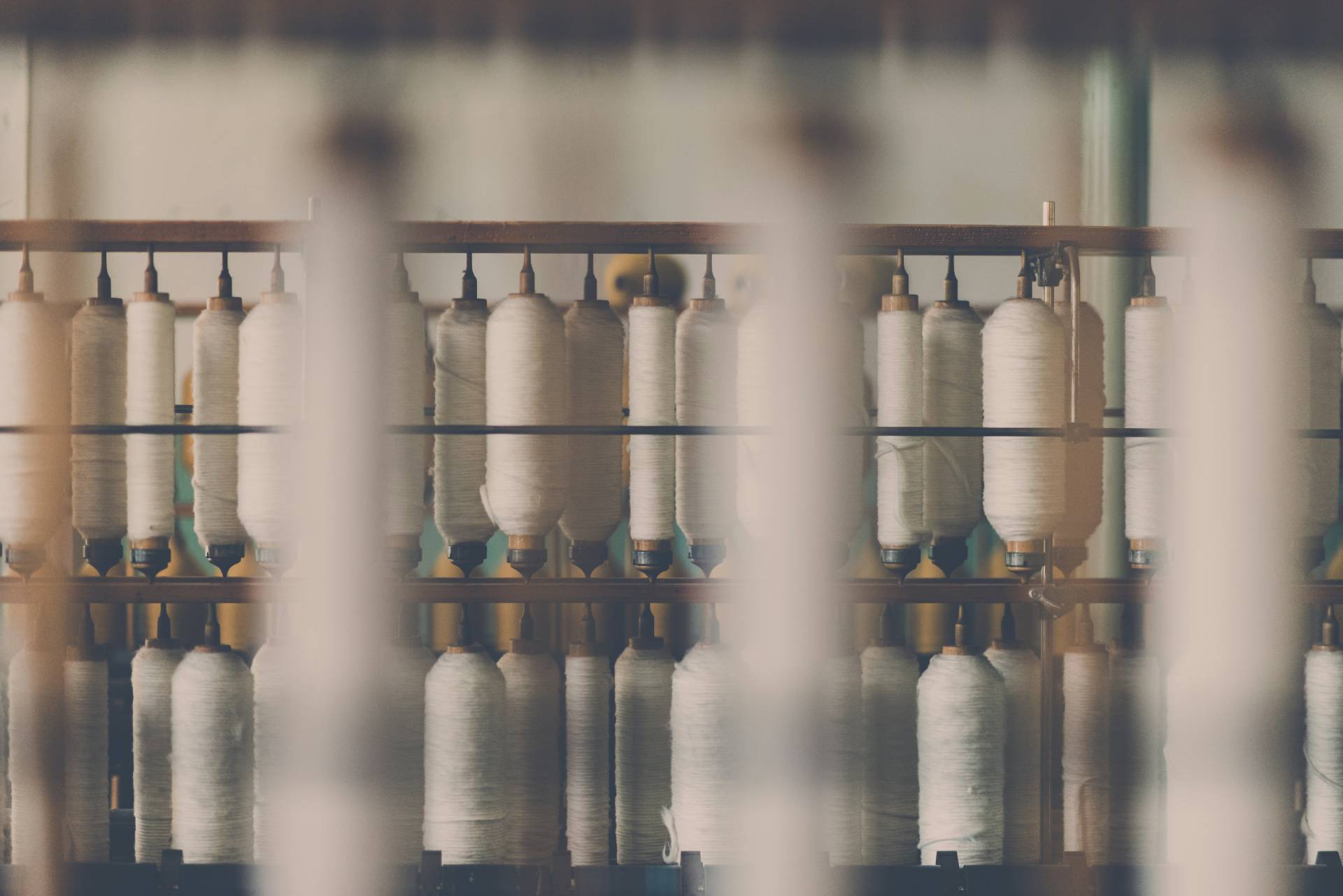Have any question?
Textile
The textile industry in India utilizes a variety of chemicals across different stages of the production process, from fiber production to fabric finishing. These chemicals are essential for achieving desired characteristics in the final textile products. Here are some key types of chemicals used in the textile industry in India:
- Dyes and Pigments
Dyes are crucial for adding color to textiles. India is a significant producer and consumer of textile dyes, both for domestic use and export.
- Auxiliaries
Textile auxiliaries include a range of chemicals such as surfactants, emulsifiers, and wetting agents. These substances aid in various processes like dyeing, finishing, and printing. - Textile Chemicals for Pre-Treatment
Chemicals used in pre-treatment processes include desizing agents, scouring agents, and bleaching agents. These are applied to prepare the fabric for dyeing and printing. - Textile Chemicals for Dyeing and Printing
Various chemicals are used in the dyeing and printing processes, including fixing agents, leveling agents, and thickeners. - Textile Finishing Chemicals
Finishing chemicals are applied to enhance the properties of the fabric, such as softening agents, anti-wrinkle agents, and flame retardants.
- Textile Sizing Chemicals
Sizing agents are applied during the weaving process to improve yarn strength and reduce breakage. Starch-based sizing chemicals are commonly used. - Textile Coating Chemicals
Coating chemicals are used for applications like water repellency, flame resistance, and antimicrobial coatings.
- Textile Chemicals for Maintenance and Cleaning
Chemicals used for equipment maintenance, cleaning, and water treatment in textile mills. - Specialty Chemicals
Some specialty chemicals cater to specific requirements, such as those for technical textiles, non-wovens, and specialty finishes.
- Eco-Friendly and Sustainable Chemicals
There is an increasing focus on adopting eco-friendly and sustainable chemicals in response to global environmental concerns. This includes the use of bio-based dyes and environmentally friendly finishing agents.
